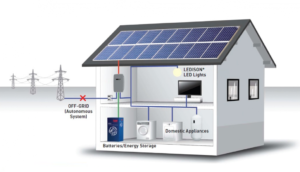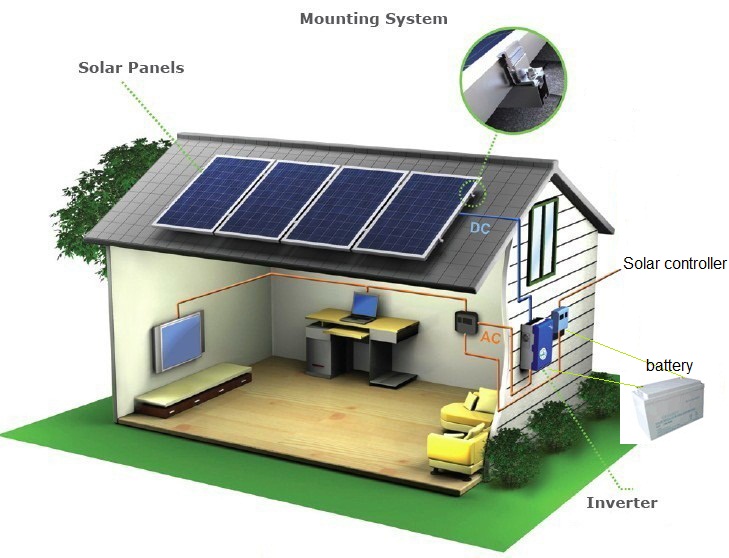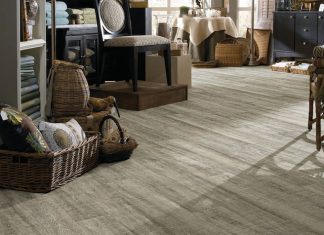
Working or living off the electrical grid system means that you’re responsible for all of your energy needs, including production, storage and processing of each and every kilowatt that you consume. One of the essential parts of processing is transforming the DC energy that’s stored in your batteries into AC energy to use it in your household AC devices and appliances. This conversion is performed by parts known as “inverters”.
However, not all inverters are the same. A modern solar inverter off grid model is reliable, quiet and comes in a wide variety of sizes. Understanding your energy needs is essential for picking the right solar inverter off grid model, as if you pick one that’s not appropriate for your needs, you’ll end up losing a lot of the energy your panels harness or paying more money for an inverter that you won’t make the most out of. That being said, here are some of the important specs of off-grid inverters that you should consider before buying one.

First and foremost, you need to decide between a pure sine wave and a modified sine wave inverter. Pure sine wave inverters are the superior type, and there’s no good reason to look at modified ones. However, they are more expensive. In case you didn’t know – pure sine wave inverters provide pure, clean energy, while modified ones don’t.
Then, you need to consider the inverter’s rated continuous output capacity. The inverter should be capable of supplying enough power to meet all of your energy needs, otherwise, you won’t be able to use every appliance that you need to use. Make a list of all the appliances that will need to be powered at the same time, multiply it by 1.5x, and that should give you the capacity of the inverter. The reason I say 1.5x times is because some appliances require a surge of power to start, meaning they can easily go over the inverter’s capacity.
Lastly, you have to consider the nominal battery voltage. Each inverter has a specified nominal battery voltage it can be connected to. The most common options for off-grid inverters are 48V, 24V and 12V. Bigger systems are matched with bigger power inverters and bigger battery voltages, and the same goes for smaller systems. For instance, a 4.000W inverter will usually have a 24V or 48V battery bank voltage, while 2.000W inverters have a 12V nominal battery bank voltage.














